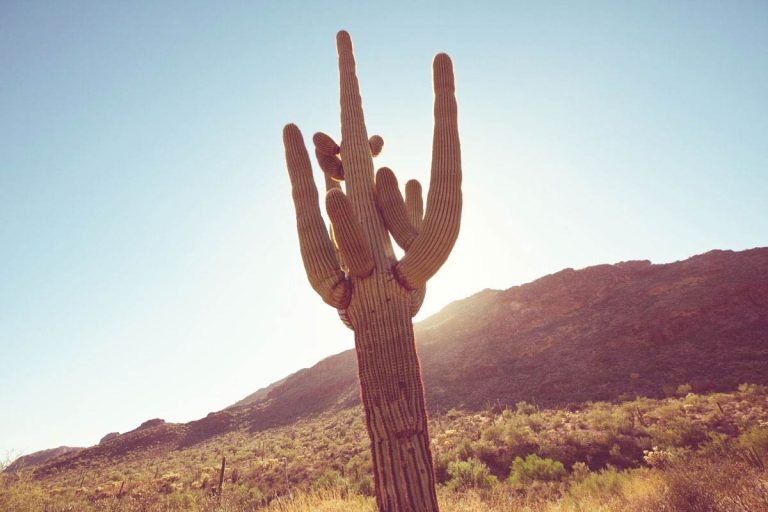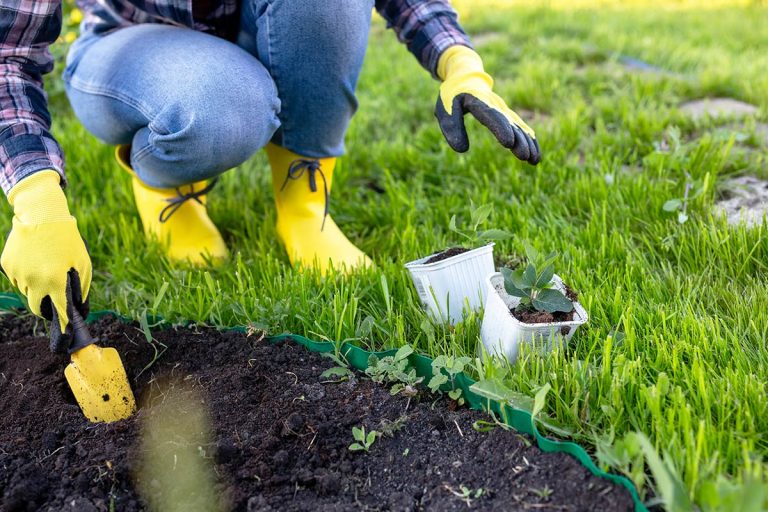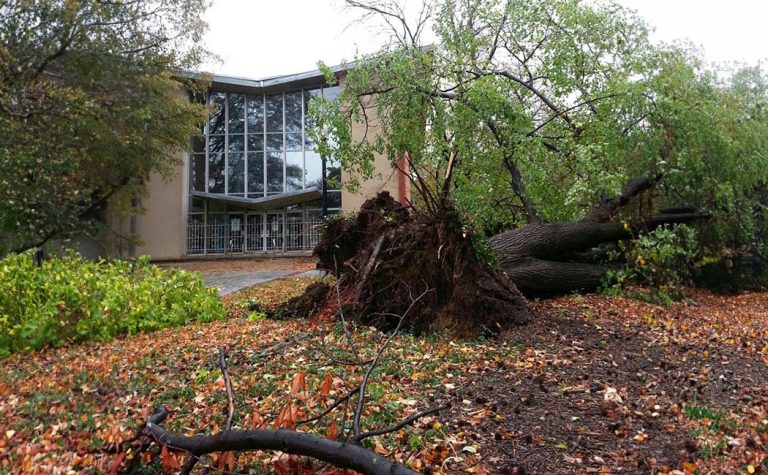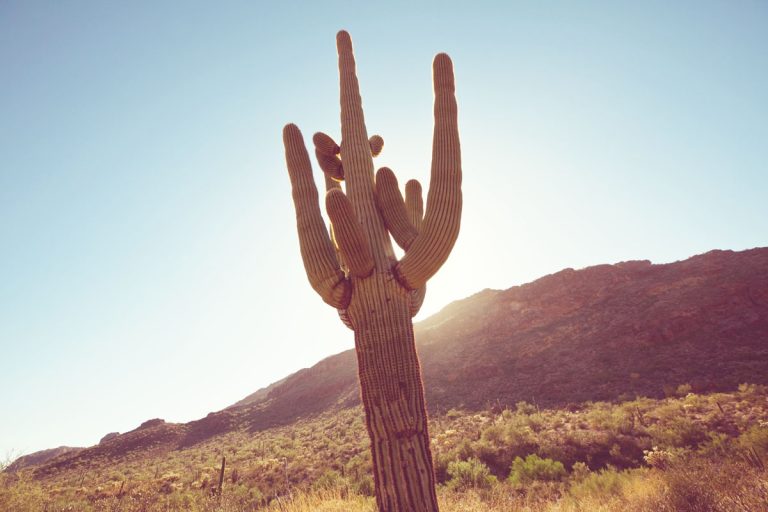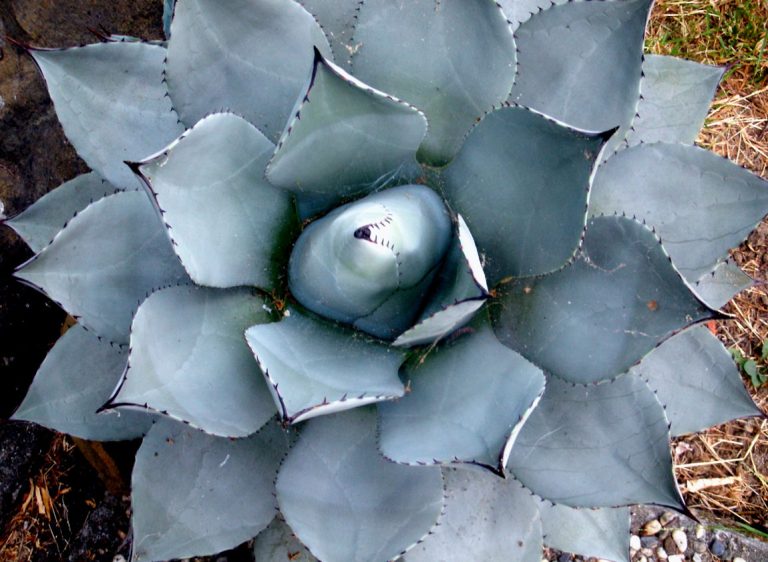Saguaro Cactus Removal Costs 2025
Removing a saguaro cactus in Arizona, including Yuma, involves several considerations due to its protected status and the complexities associated with its removal. Here’s a comprehensive overview to help you understand the potential costs and requirements: Average Cost Estimates: General Range: The cost of removing a saguaro cactus varies significantly based on factors such as…

